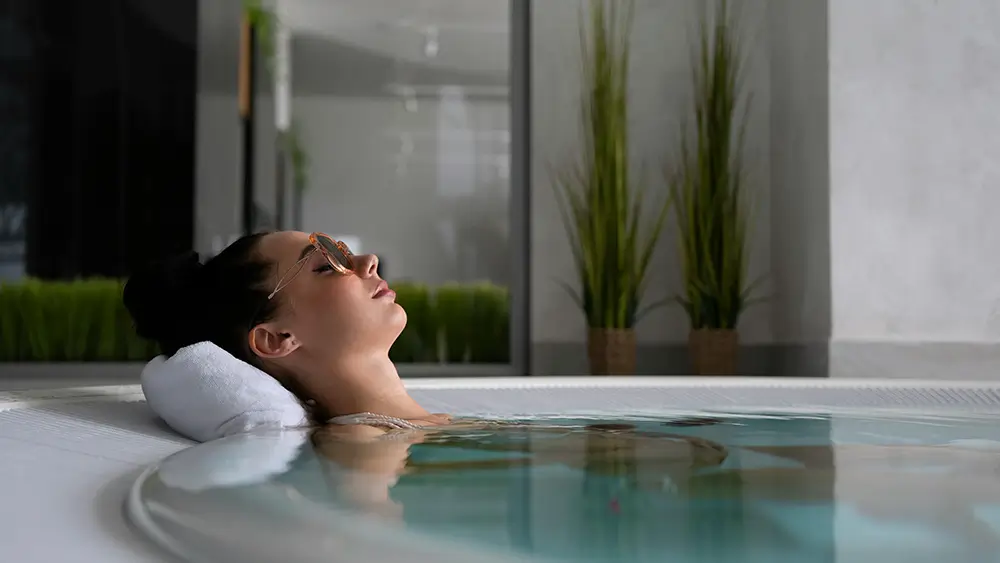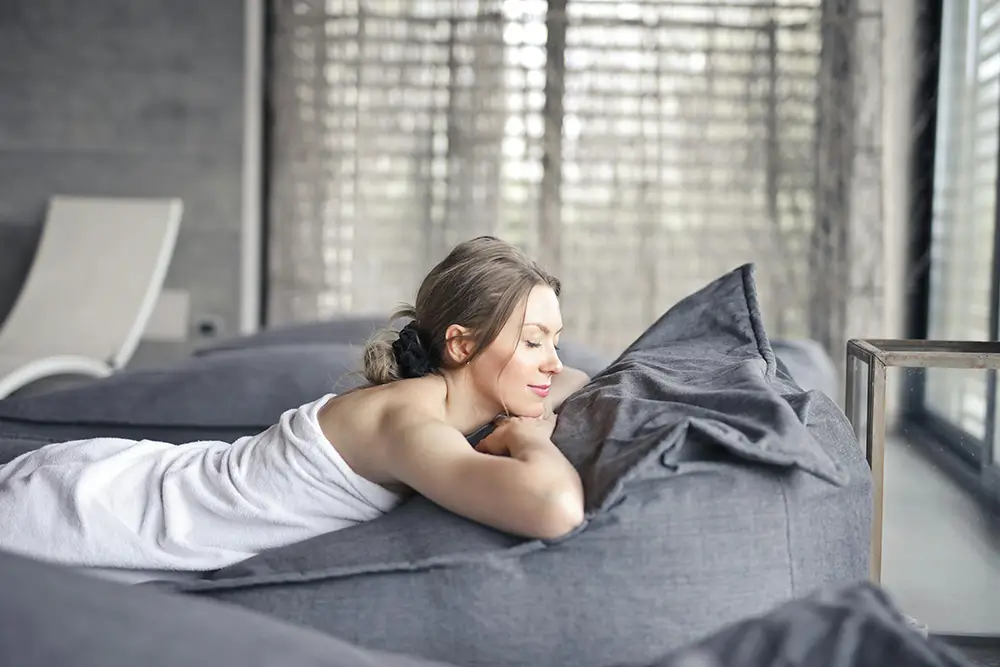Spa and Ice Bath: Hot and Cold Therapy Benefits

Wellness practices are evolving as people search for ways to recover faster, reduce stress, and boost immunity. Two ancient methods—heat therapy and cold therapy—are now being combined into one powerful approach: hot and cold therapy.
By alternating spa heat and ice bath cold exposure, this method leverages the body’s vascular system to enhance circulation, recovery, and mental resilience. Often called contrast therapy, this practice is gaining popularity among athletes, wellness enthusiasts, and everyday individuals seeking holistic health solutions.
1. What Is Hot and Cold Therapy?
Contrast therapy alternates between heat (sauna, hot tub) and cold immersion (ice bath), leveraging the body’s vascular response—vasodilation from heat, vasoconstriction from cold—to create a “vascular pump” effect that improves circulation and speeds recovery.
2. Physiological Mechanisms
- Heat (Spa): Promotes vasodilation, improves blood flow, relaxes muscles, and enhances detoxification.
- Cold (Ice Bath): Causes vasoconstriction, decreases inflammation, and accelerates muscle recovery.
3. Benefits for Recovery
Contrast therapy has been shown to significantly improve muscle oxygenation and hemodynamics. In one study, intramuscular oxygenated hemoglobin (O₂Hb) increased by ~7.4 µM and total hemoglobin (tHb) by ~7.6 µM after a 30-minute protocol. Another study confirmed reduced muscle soreness and enhanced recovery post-exercise.
4. Scientific Evidence:
A study in the Journal of Strength and Conditioning Research (2017) found that athletes using contrast therapy experienced faster recovery compared to passive rest.
5.Mental and Emotional Benefits
Contrast therapy supports mood and stress management. Cold exposure stimulates sympathetic activity and may raise norepinephrine, promoting alertness; heat supports endorphin release and relaxation.
6. Practical Guide to Contrast Therapy
Typical effective protocol:
- Alternate 10 min of heat with 1 min of cold, repeated 3–4 times, totaling ~30 min.
- Use 2–4 sessions weekly depending on individual needs.
- End sessions with cold immersion for inflammation control and a refreshing finish.
7. Applications
Used across domains:
- Sports Recovery: Speeds muscle repair post-training.
- Physical Therapy: Manages swelling and stiffness in rehabilitation.
- Spas & Wellness Centers: Increasingly integrate contrast baths into offerings.
- Home Use: Portable ice bath chillers and spa tubs now bring accessible contrast therapy into homes.
8. Safety Precautions
- Duration: Heat: ~10–15 min; Cold: ~1–5 min (depending on tolerance).
- Contraindications: Avoid for individuals with cardiovascular conditions or hypertension without medical consultation.
- Hydration: Essential before and after sessions. Beginners should proceed gradually.
9. FAQs
1. Is contrast therapy safe for beginners?
Yes, starting with short cold durations (1–2 min) is advisable.
2. How often should one use it?
2–4 times weekly offers benefits without overload.
3. Can it aid weight loss?
Cold exposure may boost metabolism (via brown fat), but not a substitute for diet and exercise. time.com+5Endocrine+5The Sun+5
4. Is sauna + ice bath better than hot tub + ice bath?
Both work—sauna is dry heat, hot tub is moist heat—choose based on preference.
5. Does it enhance immunity?
Multiple studies suggest cold exposure reduces incidence of common colds and improves immune resilience. – Plunj
6. Suitable for elderly?
Yes, with shorter sessions and physician approval.
Conclusion
Contrast therapy—blending spa heat and ice baths—is scientifically validated to enhance circulation, speed recovery, boost metabolism, and uplift mood. With proper protocols and safety measures, it’s a powerful, well-rounded wellness tool for recovery and health longevity.

